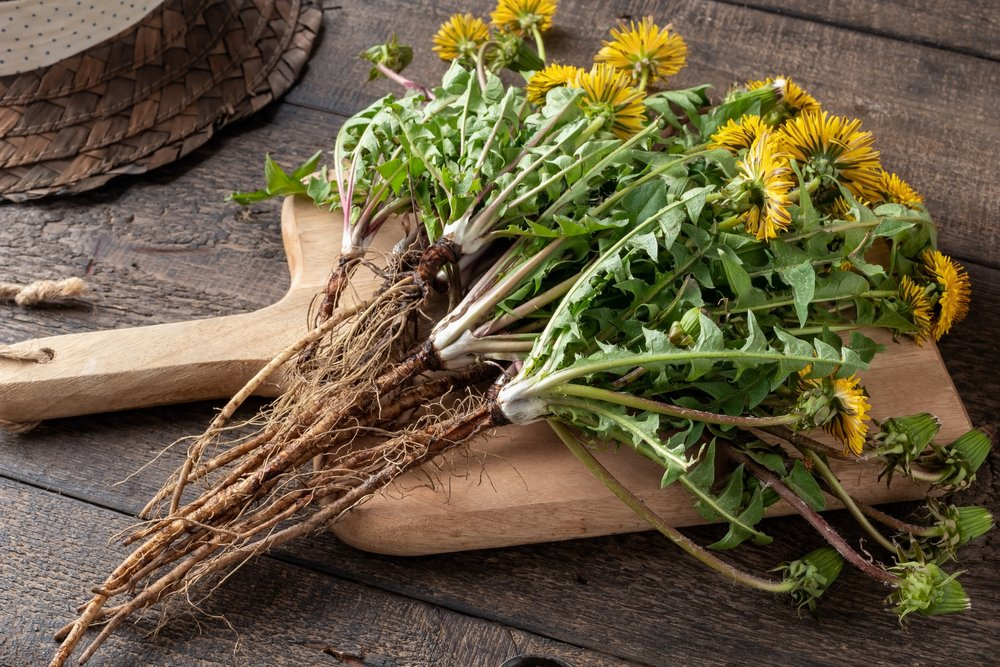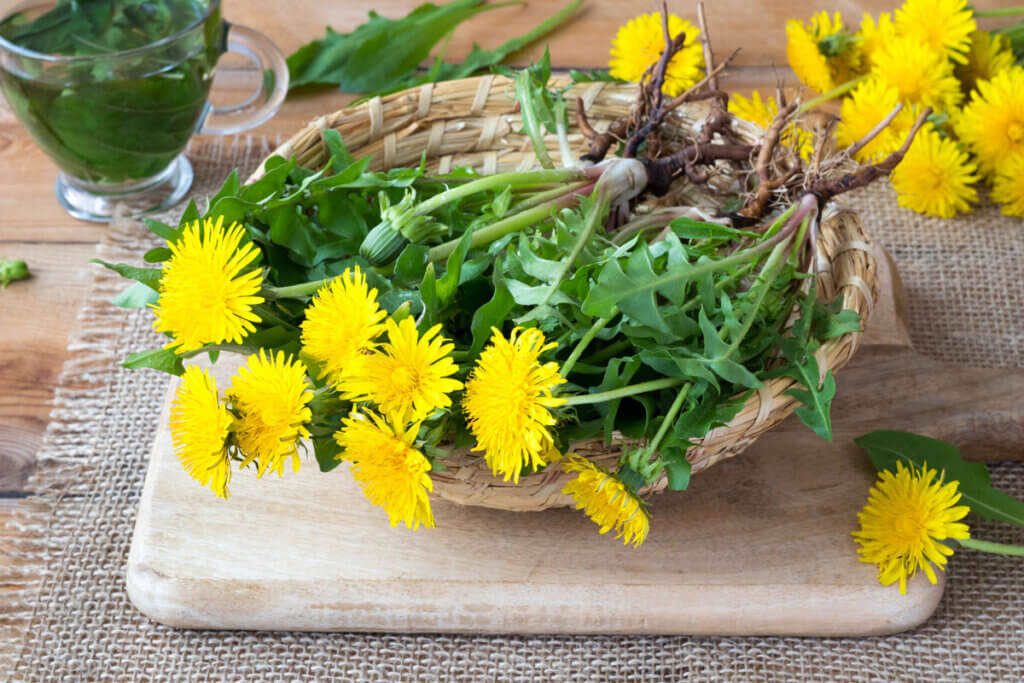Dandelions often get a bad rap as pesky weeds cluttering our lawns and gardens. Yet beneath their cheerful yellow blooms lies a hidden treasure that transforms these so-called nuisances into invaluable assets. The dandelion root, often overlooked, is the true powerhouse of this plant, offering remarkable benefits for health, culinary use, and sustainability. Let’s dig deeper—pun intended—and explore why dandelion roots deserve your attention.
Understanding the Anatomy of a Dandelion

To truly grasp the significance of dandelion roots, it’s important to understand the plant’s structure. Dandelions (scientific name Taraxacum officinale) are hardy perennials belonging to the Asteraceae family. Each part of the plant contributes uniquely to its lifecycle and utility:
- Leaves: Packed with vitamins A, C, and K, and minerals like potassium and calcium, the leaves are nutrient-rich and often used in salads and teas.
- Stems: The milky sap inside the stems has been used traditionally to treat minor skin irritations.
- Flowers: Bright and inviting, the flowers serve as an essential food source for pollinators while being used in recipes for dandelion wine and herbal teas.
- Roots: Hidden underground, the roots are the true stars of the plant, prized for their numerous medicinal, culinary, and practical applications.
While the leaves and flowers get some love, the roots often go unnoticed, even though they hold the plant’s most significant potential.
The Medicinal Powerhouse of Dandelion Roots
Dandelion roots have been revered in traditional medicine for centuries, and modern science is now catching up. These roots are loaded with compounds that make them a natural remedy for various health conditions.
- Liver Support
Dandelion roots have long been used to detoxify the liver. They stimulate bile production, helping the liver eliminate toxins more effectively. This makes them a staple in natural liver-cleansing protocols. - Digestive Health
Drinking dandelion root tea can do wonders for your digestive system. The roots contain inulin, a prebiotic fiber that promotes healthy gut bacteria. They also soothe the stomach and may alleviate mild digestive discomfort. - Antioxidant Rich
With a potent mix of antioxidants, including beta-carotene and polyphenols, dandelion roots help neutralize harmful free radicals in the body, reducing oxidative stress and supporting overall health. - Anti-inflammatory Properties
The roots are packed with bioactive compounds that have anti-inflammatory effects, making them beneficial for conditions like arthritis and chronic inflammation. - Potential Cancer-Fighting Properties
Emerging studies suggest that dandelion root extract may have anticancer properties. Research shows that it can slow the growth of certain cancer cells, although more studies are needed to confirm its full potential.
Dandelion Roots in the Kitchen: A Culinary Delight
Beyond their medicinal uses, dandelion roots bring versatility to the kitchen. They have an earthy flavor that enhances a variety of dishes and beverages.
- Roasted Dandelion Root Coffee
Looking for a caffeine-free coffee alternative? Roasted dandelion roots deliver a rich, robust flavor similar to coffee, minus the jitters. - Dandelion Root Chips
Sliced and roasted dandelion roots make for a crunchy, healthy snack. They’re a fantastic alternative to potato chips, offering more nutrients and fewer empty calories. - Hearty Soups and Stews
Dandelion roots add depth to soups and stews, enriching them with their earthy taste and nutritional benefits. - Dandelion Root Salads
Cooked dandelion roots can be diced and added to salads for a hearty texture and unique flavor profile.

Their adaptability makes them a go-to ingredient for health-conscious foodies looking to experiment with natural, sustainable ingredients.
Environmental Benefits of Dandelion Roots
Dandelions are not just good for us; they’re also great for the environment. The deep taproot of a dandelion plays a crucial role in soil health:
- Nutrient Recycling
Dandelion roots pull up nutrients from deep within the soil, making them available to surrounding plants. - Erosion Prevention
Their robust root system holds soil together, reducing the risk of erosion. - Pollinator Support
While the flowers feed bees, the roots contribute indirectly by keeping the plant healthy and thriving in various conditions.
By preserving dandelions in your garden, you’re actively supporting biodiversity and improving soil quality.
Why Dandelion Roots Are Key to the Plant’s Survival

For the dandelion, its roots are the foundation of survival. The taproot anchors the plant securely in the soil, enabling it to withstand harsh conditions, from drought to heavy rains. The root stores vital nutrients, ensuring the plant’s regrowth even after being mowed or uprooted. This resilience makes dandelions one of nature’s toughest and most adaptable plants.
A New Perspective on Dandelions
It’s time we rethink our relationship with dandelions, particularly their roots. Instead of seeing them as pesky weeds, consider their vast potential for health, culinary innovation, and environmental sustainability. They’re nature’s underappreciated powerhouses, quietly contributing to our well-being and the planet’s health.
Conclusion: The Hidden Treasure Beneath the Surface
Dandelion roots are the unsung heroes of this misunderstood plant. From liver detoxification and digestive health to culinary versatility and environmental benefits, their value is undeniable. The next time you spot a dandelion sprouting in your yard, don’t rush to pull it out. Instead, take a moment to appreciate the incredible potential buried beneath the soil. Dandelions remind us that even the most overlooked aspects of nature can harbor extraordinary gifts.


